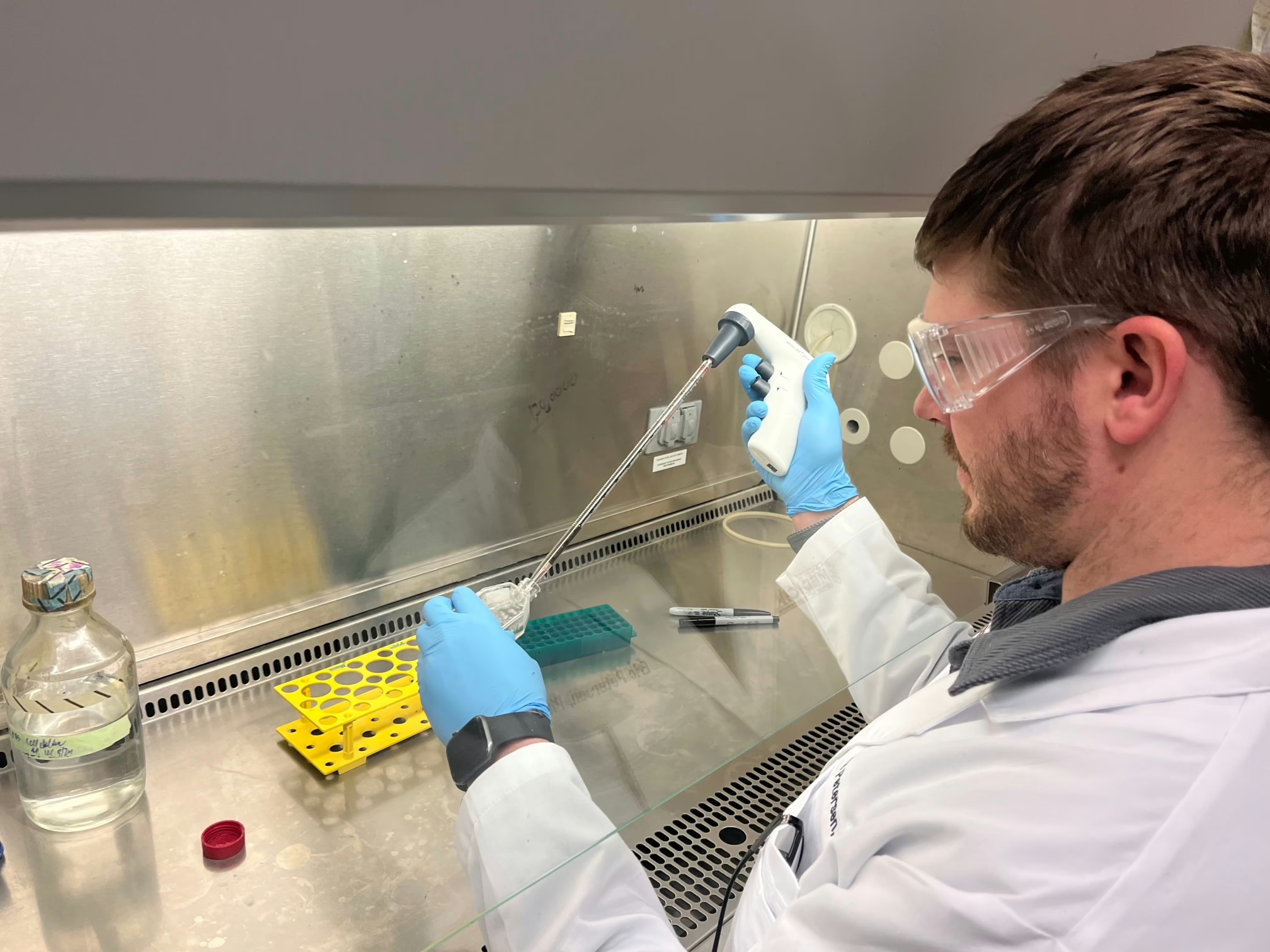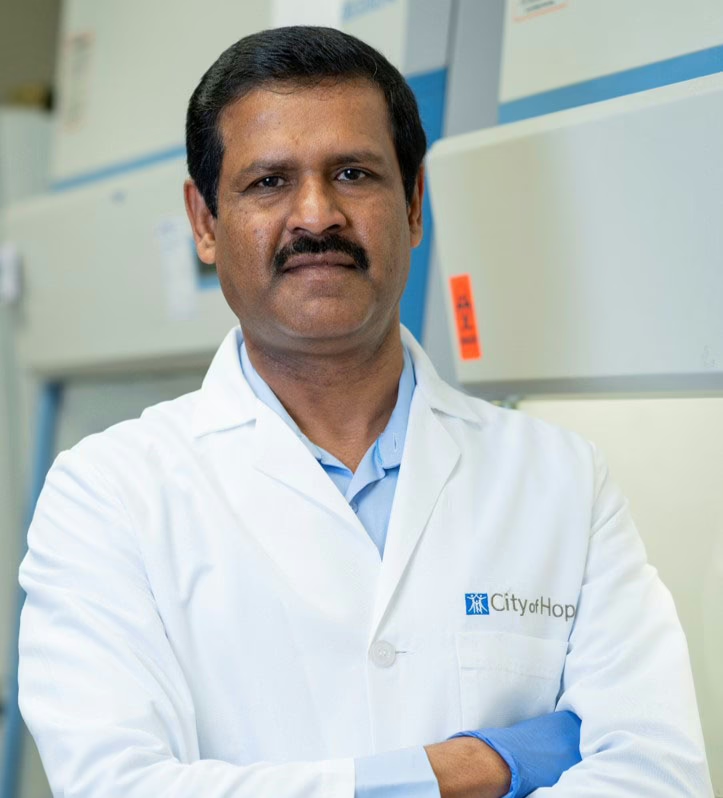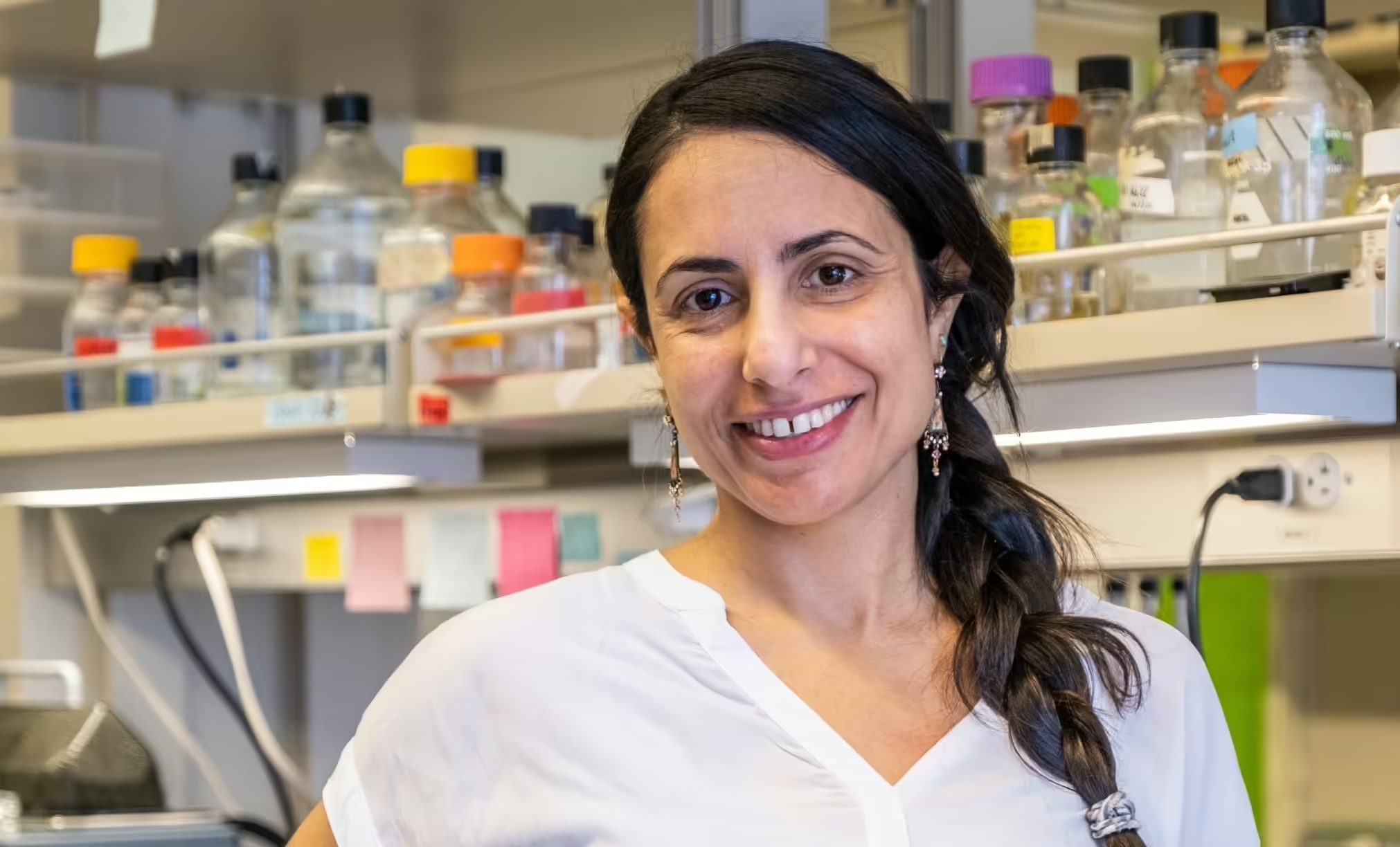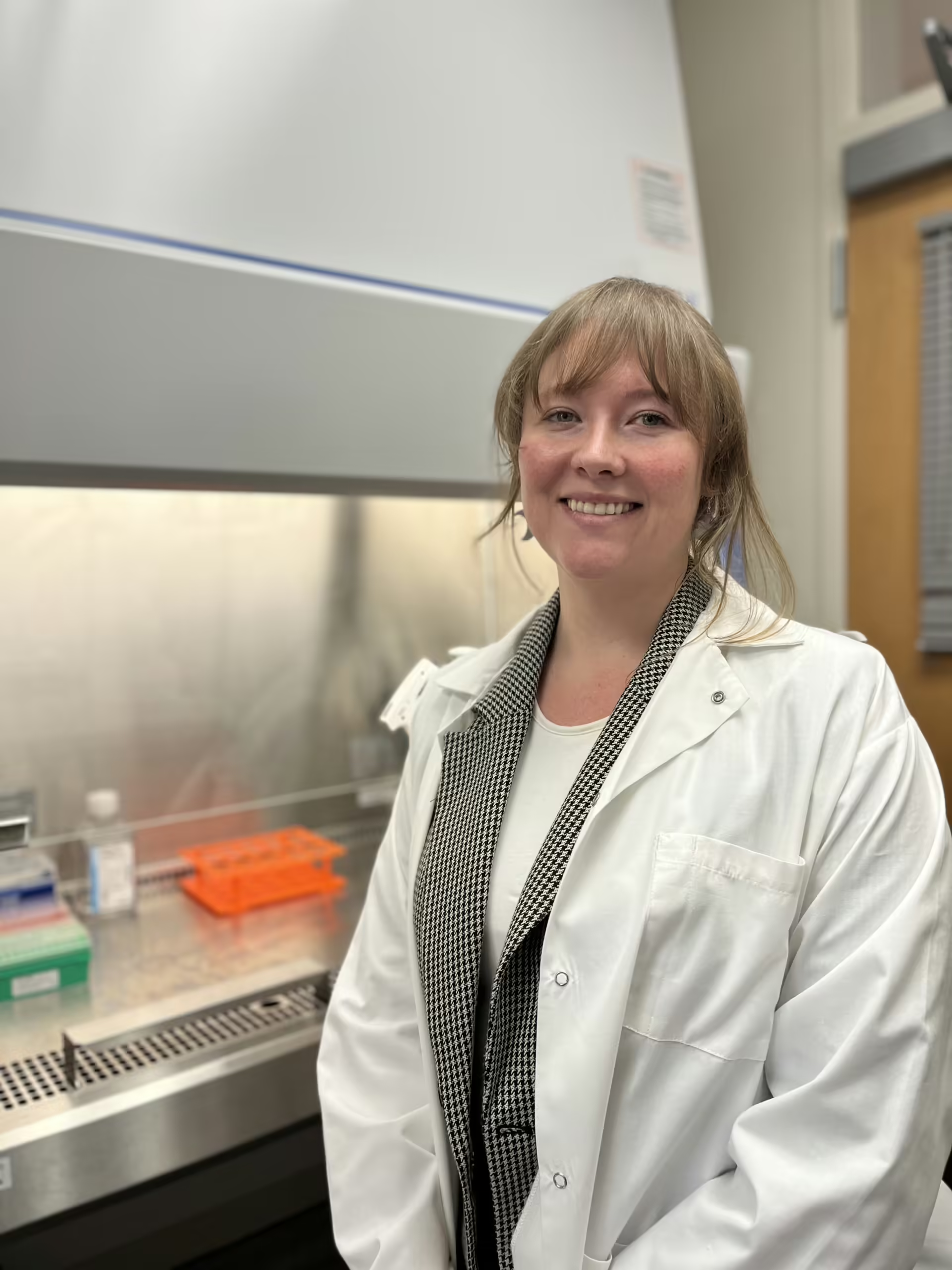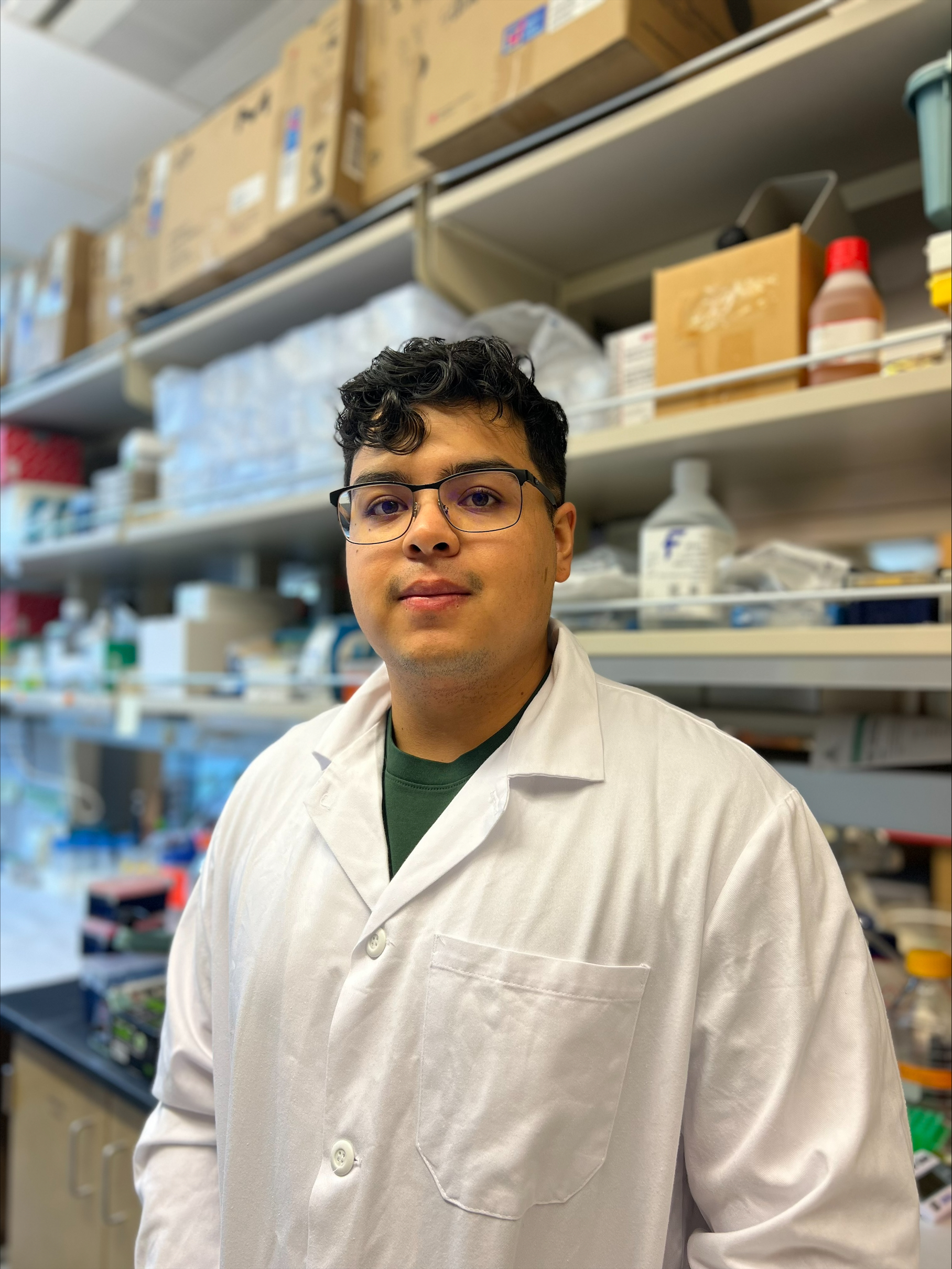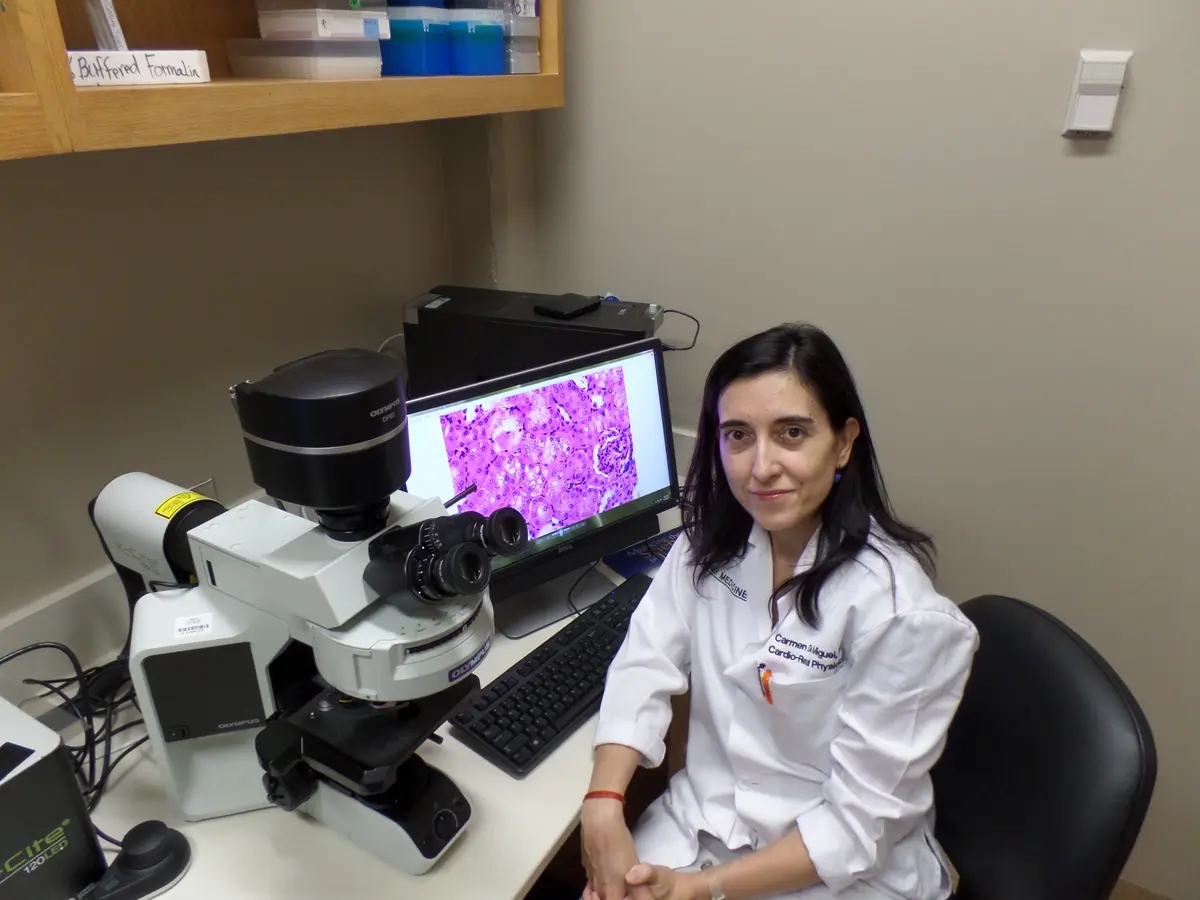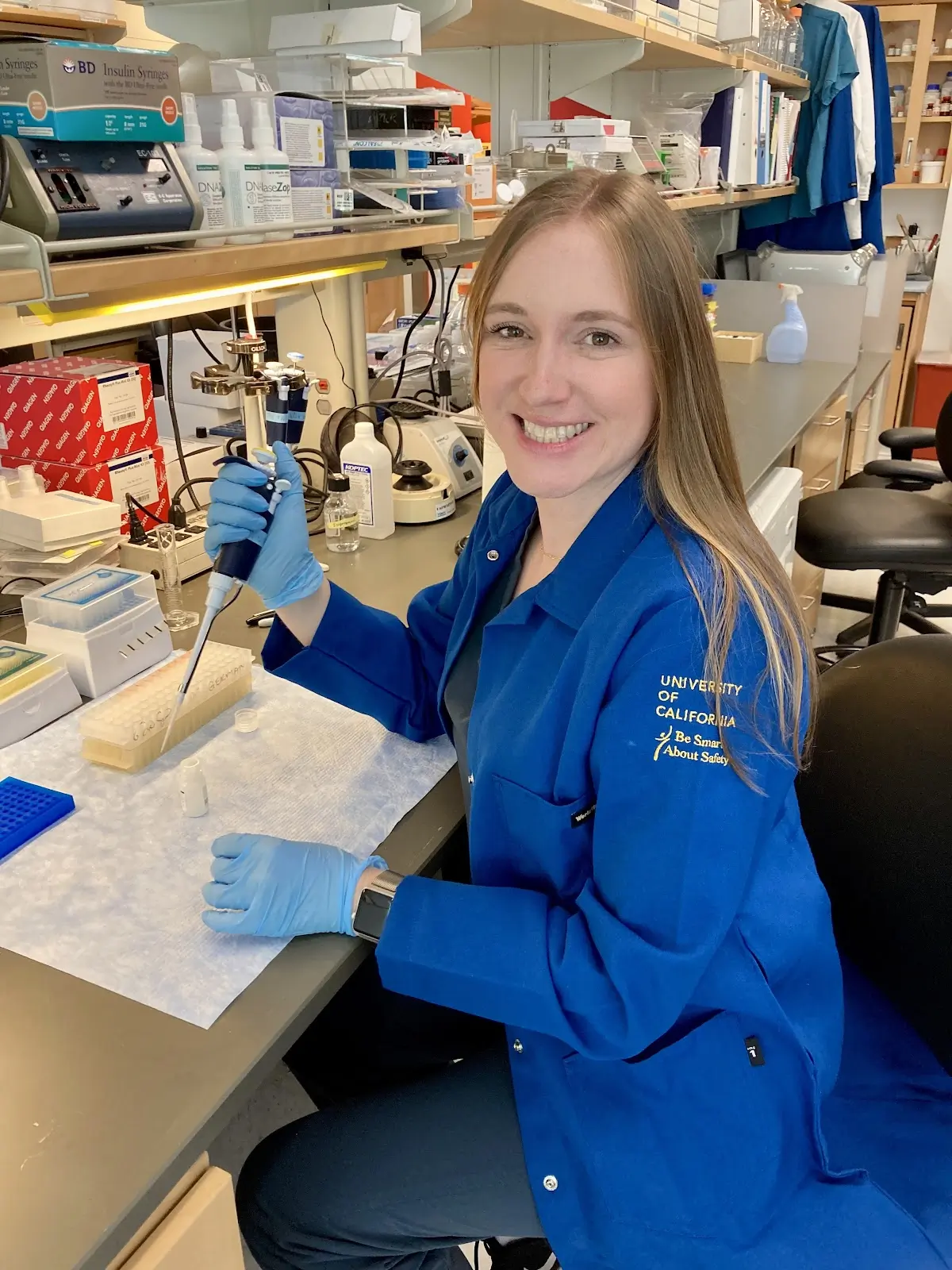Final Project Report
Therapies previously developed with older generation humanized mice may not translate to the clinic, as was the case observed with our potential therapy. These new DRC funded mice will allow researchers to design better therapies that are more likely to translate to clinical success. Additionally, I am in the process of creating NSG versions of these mice so that human immune cells from T1D patients can be transplanted into these mice.
Project Description
We like to think of type 1 diabetes as a disease that has one all-encompassing cure, but because multiple genetic factors can contribute to disease susceptibility, it is likely to be more involved than just one simple fix. As researchers studying the disease, we have been limited to using a model with one genetic profile – the non-obese diabetic (NOD) mouse. This model doesn’t represent the genetic diversity of children and adults with type 1 diabetes. Development of a suite of mice that express human diabetes-relevant gene variants in various combinations will allow scientists to develop therapies for specific genetics. In this way, we will be better suited to find the necessary cures for different genetic profiles that make up the disease collectively called type 1 diabetes.
Overall, this project has two goals. First, the project aims to generate a new mouse model with a genetic “blank slate” for insertion of relevant human HLA gene variants that are linked to diabetes development. Second, the project will test a therapy that has been specifically designed for a diabetes susceptible gene variation known as HLA-A*0201 (A2.1).
Project Details
More than 200,000 children and 1 million adults have type 1 diabetes (T1D). T1D is a disease in which the immune system kills the insulin-producing cells of the pancreas. Much of our knowledge on the biology of the disease comes from the “non-obese diabetic (NOD)” mouse model. Many of the genes that contribute to the disease in the NOD mouse have been similarly identified in children with diabetes.
With T1D incidence on the rise in children (21% increase from 2001-2009), it’s essential to develop therapies for children at risk for or recently diagnosed with the disease. We tend to think of T1D as one disease, needing one cure, when in reality multiple genetic traits can give rise to the same symptoms we collectively call T1D. Our current pre-clinical mouse model, the NOD mouse, is a single genetic profile that doesn’t represent the diverse nature of the diabetic patient population. Even a therapy that effectively prevents progression to diabetes or reverses it in the NOD mouse is unlikely to similarly work for children with a wide variety of different genetic traits.
My goal is to make new mouse models that better represent the genetic diversity of children with diabetes in order to provide improved platforms for testing trait-specific potential therapies. Many genes contribute to diabetes development, but none more so than the genes known as the human leukocyte antigens (HLA). Certain variants of these genes, of which there are Class I and Class II varieties, can confer risk for or protection from the disease. If we could create mouse models in which the mouse versions of these genes are replaced with different human variants, we would then have a suite of new models that are specific for genetic traits found in diabetic children. With these new models, we could design therapies tailored for specific genetic profiles, like the vaccine-like therapy described below.
While Class II HLA variants in humans and NOD mice are clearly important contributors to T1D development, the cells that ultimately kill the insulin producing cells require particular Class I gene variants to be present. In fact, complete loss of the mouse Class I variants (through disruption of an associated gene, β2m, that is required for expression of the Class I molecules) prevents diabetes development in the NOD mouse. Combining the mutation to β2m with the human Class I variant HLA-A*0201 (HLA-A2.1) in NOD mice created a model in which therapies could be developed specifically for patients with this particular Class I variation. The new model allowed for the identification of the exact targets (peptides) against which the immune cells respond in patients that carry this Class I variant.
The overall goal of this project is two-fold: 1) Generate a next generation blank-slate model for developing therapies tailored to specific combinatorial genetic characteristics; 2) Further develop a “peptide-vaccination” therapy designed for the specific genetic variant HLA-A2.1.
The first generation model, as well as two related models specific for additional Class I genetic variations, all, rely on the indirect mutation to β2m in order to remove corresponding mouse molecules. Unfortunately, this mutation makes these models ineffective for developing antibody-based therapies. The next generation of these mouse models will accomplish two things: 1) They will not rely on this indirect mutation to β2m, and 2) they will allow for a combination of human Class I and Class II variants linked to diabetic children. I have recently succeeded in removing the two mouse Class I genes directly in the NOD mouse, which accomplishes the first goal to no longer rely on the β2m mutation to prevent expression of the mouse Class I molecules. This proposal aims to address the 2nd goal of these next generation models by directly removing the Class II gene found in NOD mice. In this way, a new “blank slate” mouse model will be created, in which Class I or Class II HLA found in diabetic children can be added back to the mouse in any combination, based on specific patient profiles. As an example, with this mouse, therapies can be devised based upon a profile of HLA-A2.1+ paired with one of several relevant Class II variants already available. Future modifications to this new model would also allow the injection of cells isolated from the blood of diabetic children, in order to directly pre-test the therapy on the specific cell populations found in those specific children.
While working on developing these next generation mouse models, we have devised a candidate therapy utilizing the first generation HLA-A2.1 model. Having identified the specific peptides toward which the immune system responds in HLA-A2.1+ individuals, we have devised a “vaccination-like” therapy in which these peptides are coupled to a small “microsphere.” Delivery of the therapy protects mice from diabetes when initiated at a young age. Exactly how this method re-educates the immune system still needs to be determined. It also needs to be determined if this therapy is effective in a more clinically relevant treatment window. Work on this specific therapy will help inform the development of similar therapies for other specific targets to be identified for children carrying different Class I variants.
Gene-Specific Models and Therapies for Type 1 Diabetes Slideshare
About Me
I was a biochemistry major at Cornell University and had every intention of eventually applying to medical school. After graduation, I worked for three years as a research technician in a genetics laboratory at Harvard Partners Center for Genetics and Genomics/Brigham & Women’s Hospital and realized that I wanted to approach medicine from the side of research and development. With this in mind, I made the decision to attend the Irell & Manella Graduate School of Biological Sciences at the Beckman Research Institute of the City of Hope in Duarte, CA in the fall of 2007. I did my thesis work in the laboratory of Dr. Defu Zeng. After graduation in 2013, I stayed with Dr. Zeng for an additional year before joining Dr. Dave Serreze at The Jackson Laboratory, in Bar Harbor, Maine.
My thesis project focused on using bone marrow transplantation as a curative therapy for type 1 diabetes. During my seven years with Dr. Zeng, as both a graduate student and a postdoctoral fellow, I studied how a non-autoimmune-prone donor’s immune system could re-educate the immune system of a diabetes-prone mouse. Towards the end of my tenure with Dr. Zeng, I realized that in order to develop therapies for autoimmune diseases like type 1 diabetes, we needed better models than the standard mouse models with which we were working. In order to develop new models, however, I needed additional training. With this in mind, I decided to join the laboratory of Dr. Dave Serreze at The Jackson Laboratory, as he had started to develop the first generation of mice carrying specific human gene variants linked to diabetes in children, and he was the ideal mentor for this next phase of my training.
My research goal is to design a suite of mouse models that express various combinations of clinically relevant human genes that contribute to diabetes development. In this way, children with a specific combination of traits could have their own corresponding mouse model in which to develop and validate trait-specific therapies.
When I am not working in the laboratory, I spend time with my wife, Toni, renovating the 100-year-old house we share with our four cats: Monkey, Winkin, Blinkin, and Nod.


